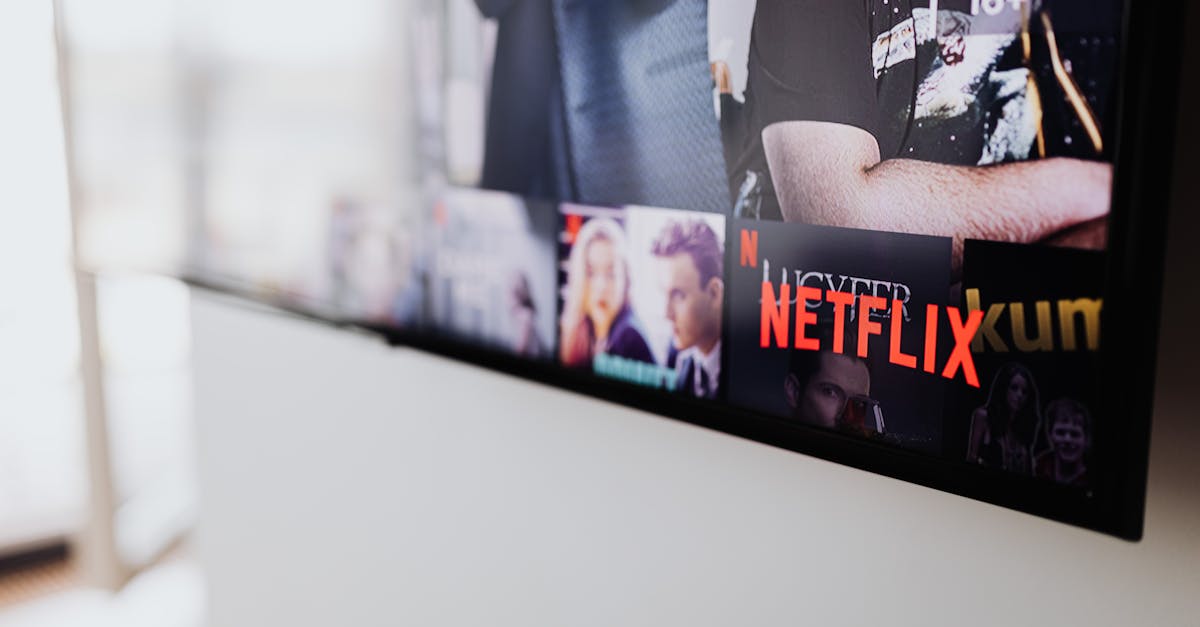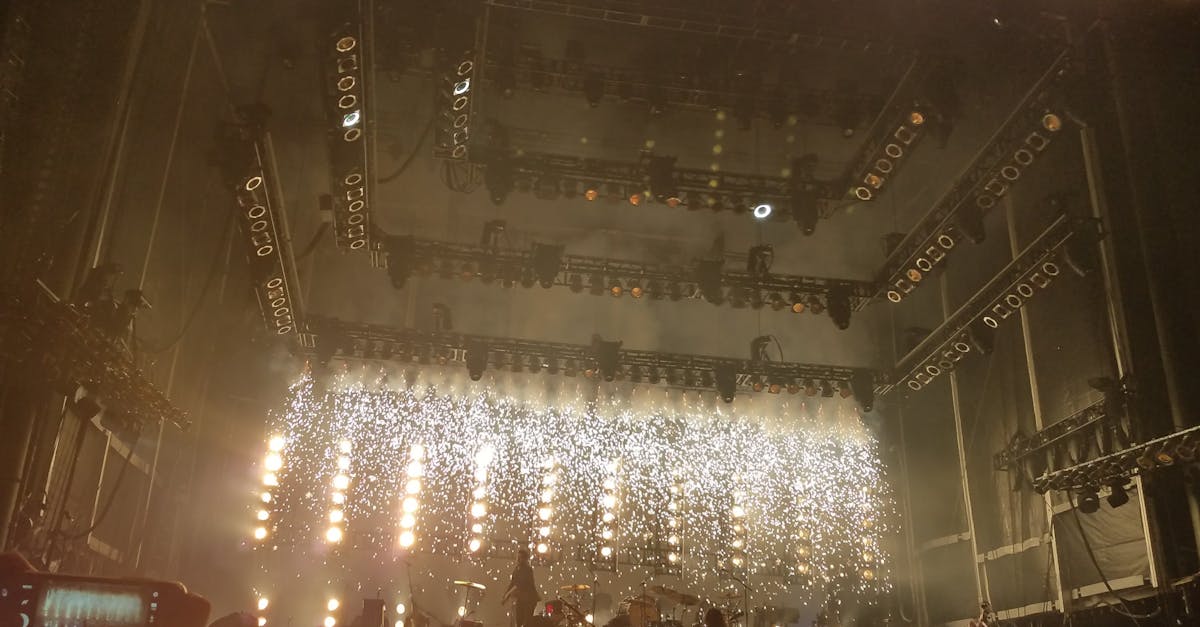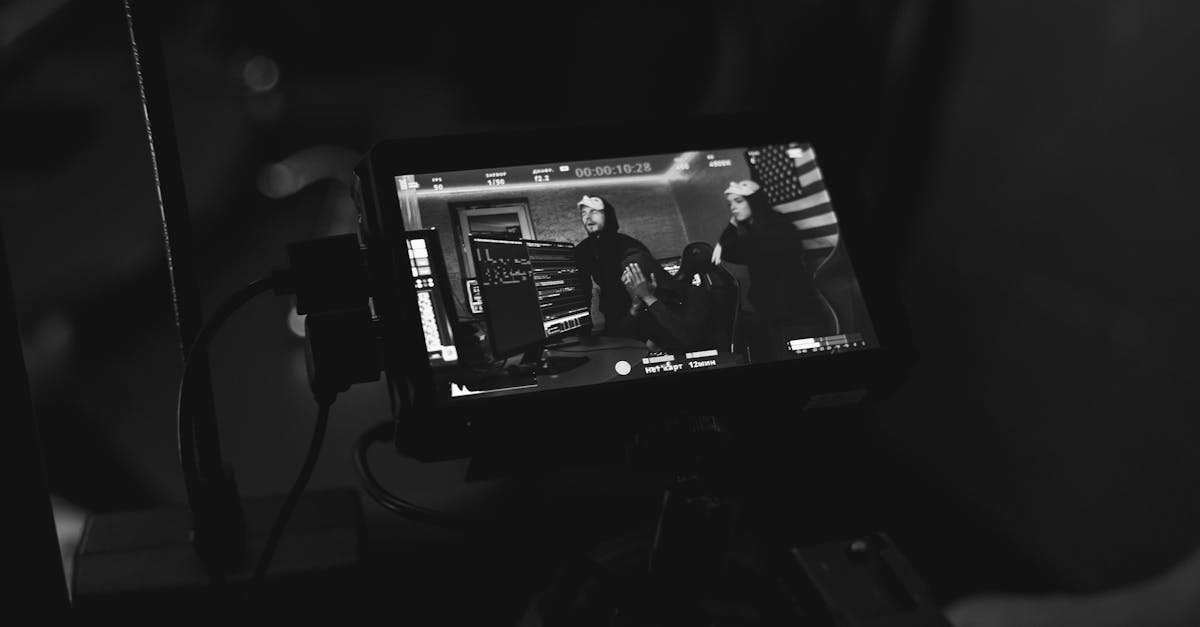Spotlight Hype Evolution Of Tv Showcases
Introduction
Television showcases have evolved dramatically over the years, transforming how viewers consume serialized content. Originally, these showcases served as platforms for advertising, but today they are sophisticated productions in their own right. Across channels and streaming platforms, TV showcases draw in millions by offering sneak-peeks of much-anticipated series. They not only set the stage for upcoming episodes but also amplify the hype surrounding a series launch. This evolution underscores the changing landscape of television viewership habits. Nowadays, showcases are pivotal in positioning a series in the crowded entertainment market.
Advertisement
The Beginnings of TV Showcases
TV showcases began in earnest during the 1950s and 1960s, a time when television was gaining popularity as a household staple. Initially, these showcases were simple affairs aimed at promoting upcoming programs. Networks sought to captivate an audience that was new to serialized storytelling and eager for more. Although primitive by today’s standards, these early showcases laid the groundwork. They signalled an understanding that giving audiences a taste of what's coming could boost viewership. These simple yet effective strategies were the springboard for the intricate showcases of modern television.
Advertisement
Showcases as Strategic Tools
As television became competitive, networks began using showcases strategically. Throughout the 1970s and 1980s, showcases evolved to serve dual purposes: teaser and information hub. They introduced viewers to characters, plotlines, and settings, enthusing potential audiences. Marketers realized their power to generate advance interest, leveraging the showcases to up anticipation levels. The shift towards detailed previews helped networks influence viewer decisions long before a series aired. By incorporating interviews and exclusive content, showcases became essential tools in a network’s arsenal to differentiate from competitors.
Advertisement
The Golden Age of Television
The late 1990s and early 2000s heralded a new era often referred to as the 'Golden Age of Television.’ During this time, TV showcases grew in complexity and creativity. They adapted to the broader cultural milieu, addressing the tastes of an increasingly discerning audience. As series production budgets increased, so did the quality of showcases. Networks invested heavily in promotional showcases to ensure a series’ success, often featuring unparalleled behind-the-scenes footage. This period also saw collaborations with print and online media, expanding the reach and influence of TV showcases.
Advertisement
Digital Transformation
With the rise of digital media in the late 2000s, TV showcases moved online. Platforms like YouTube and social media sites like Facebook became crucial in distributing these previews, widening their reach. This digital transformation had significant implications: now, showcases could instantly connect with a global audience. Streaming giants like Netflix and Hulu began producing their own showcases, strategically timed to coincide with new series launches. This move drastically reduced the dependency on traditional TV time slots, allowing for more spontaneous consumption. Showcases in the digital era are more interactive, fostering direct engagement with audiences.
Advertisement
Impact of Streaming Platforms
Streaming services revolutionized the TV showcase scene, highlighting their ability to sustain high anticipation and excitement. These platforms have redefined how showcases are created, with some even producing episodic showcases for longer series. The purpose is not just to tease but to cultivate sustained interest over a season's run. Content-rich showcases have become an art form, blending interviews, trailers, and fan theories. Platforms use sophisticated algorithms to market showcases, aligning them with viewers' history and preferences for maximum impact. Showcases are no longer just previews—they provide immersive insights into what's to come.
Advertisement
Engaging the Audience Creatively
TV showcases have also adopted creative storytelling methods to forge a deeper connection with audiences. They are increasingly produced as visually compelling experiences, mimicking the artistic style of the respective series. Using AR and VR technology, some showcases simulate series locations, offering viewers a taste of the cinematic world they are about to enter. Interactive elements, like quizzes and discussion boards, engage audiences further, fostering a sense of community. These creative strategies have made showcases more than just promotional tools; they enable audiences to become part of the storytelling journey.
Advertisement
Showcases in the Era of Binge-Watching
Binge-watching trends significantly impact how TV showcases are crafted. Producers now aim for showcases that can boost viewership tenfold by offering binge-worthy features. These formats encourage viewers to start a series and continue watching episode after episode. Showcases incorporate binge-inducing elements to persuade viewers to commit to multiple episodes in one sitting. Through clever narratives and cliffhangers, showcases hint at the immersive experience of the full series. Consequently, the art of crafting a TV showcase has evolved in response to consumer habits that favor viewing entire series at once.
Advertisement
The Future of TV Showcases
The future of TV showcases lies in continuous innovation. Advanced tech like AI could personalize showcases specifically tailored to individual tastes. There is also a growing trend towards incorporating real-time social media interactions, enabling live feedback during premieres. This flexible approach may pave the way for showcases that adapt to audience reactions mid-season, transforming how series are introduced and expanded. Moreover, as global markets expand, showcases might further reflect diverse cultural content. The emphasis will be on personal connection, pushing boundaries to create authentic, engaging viewer experiences.
Advertisement
Conclusion
The evolution of TV showcases from simple teasers to dynamic multimedia experiences marks a significant shift in entertainment. As tools for hype, they have grown sophisticated, intricately woven into the fabric of how series are launched and perceived. Showcases today are more than glimpses into a series—they are experiences in themselves. They engage, enthrall, and influence viewership in a world enamored with modern storytelling. With continuous technological advancements, TV showcases will remain at the forefront of capturing audience imagination, leaving an indelible mark on television culture.
Advertisement








